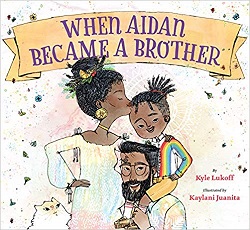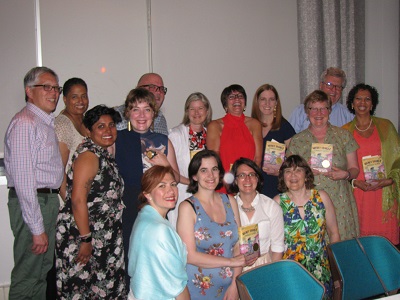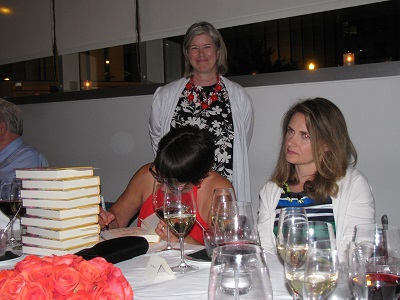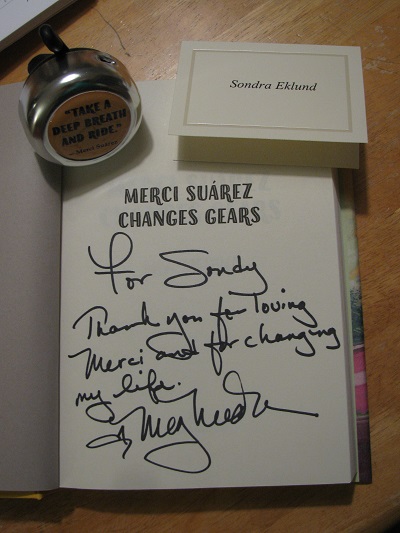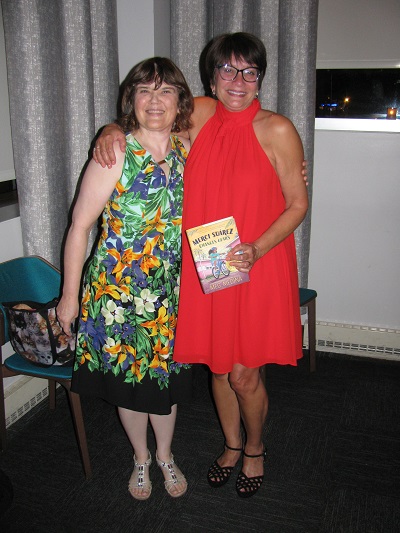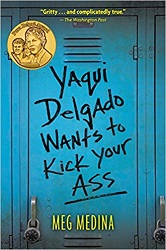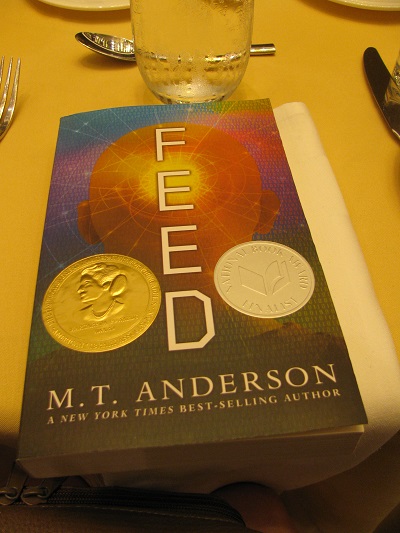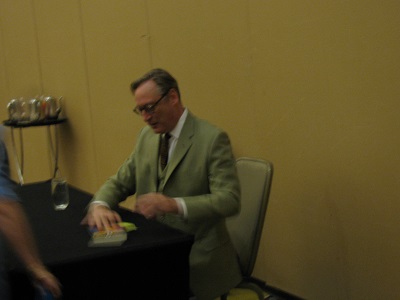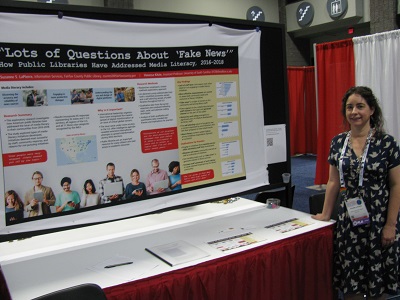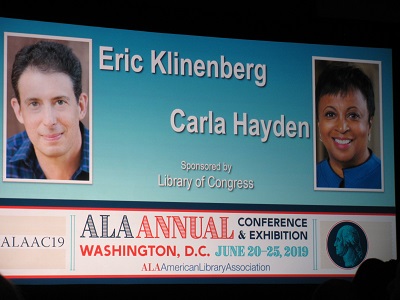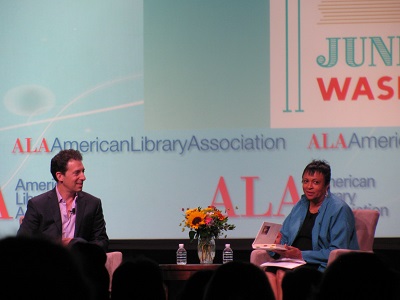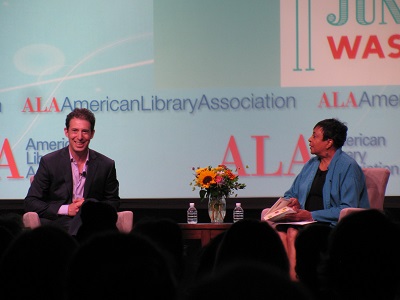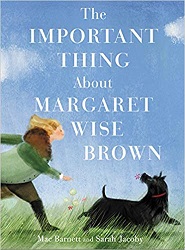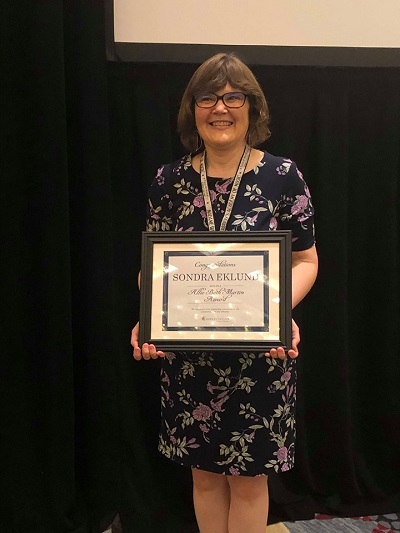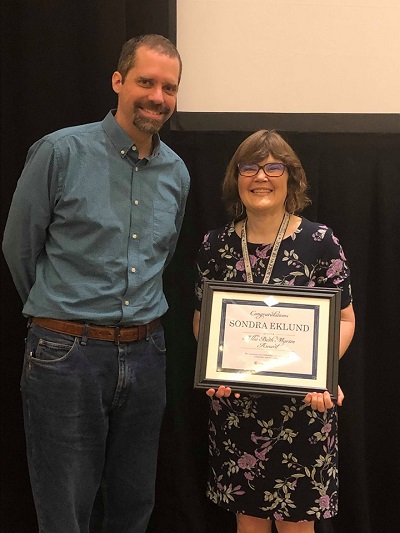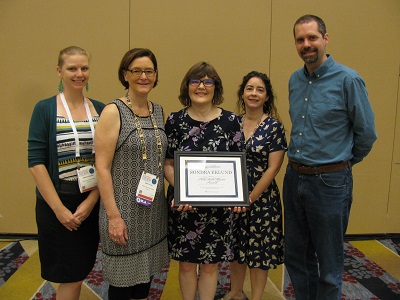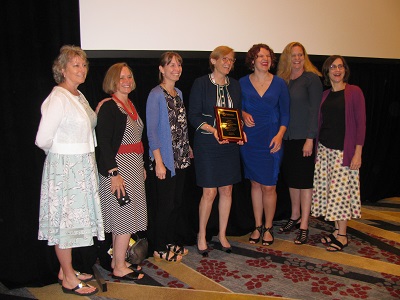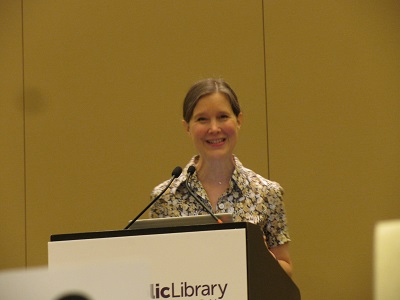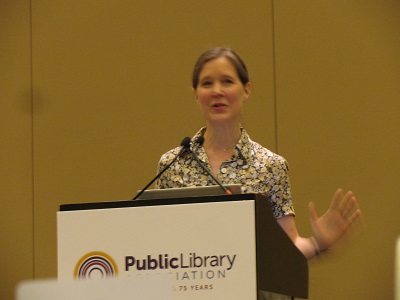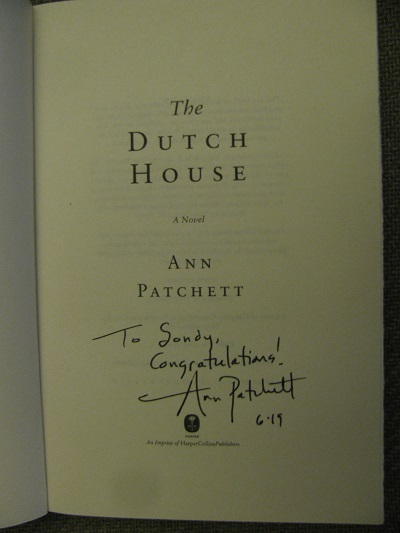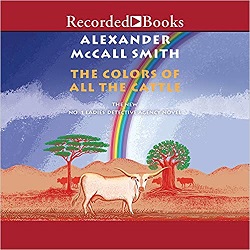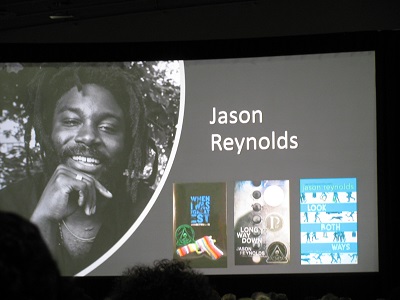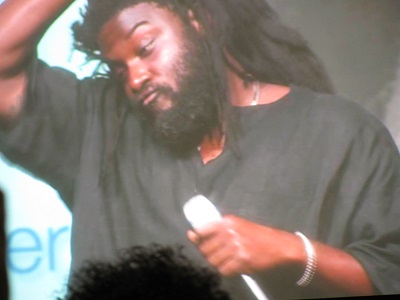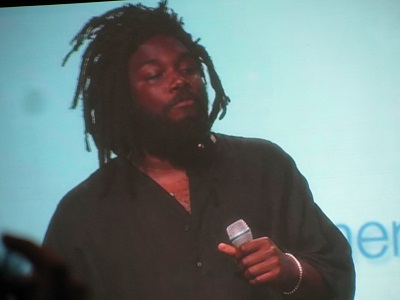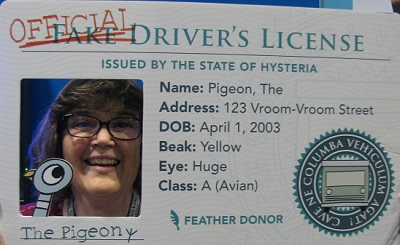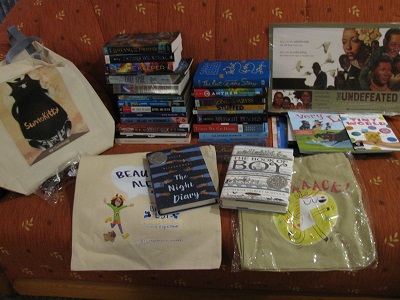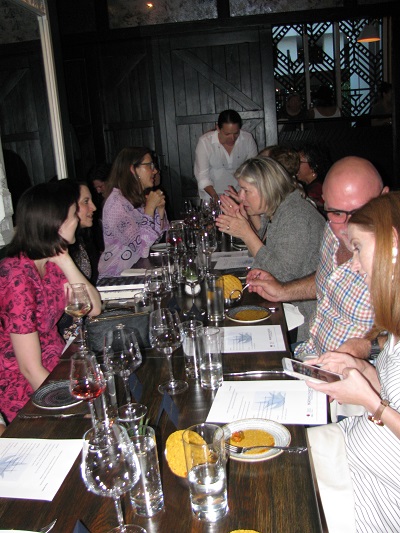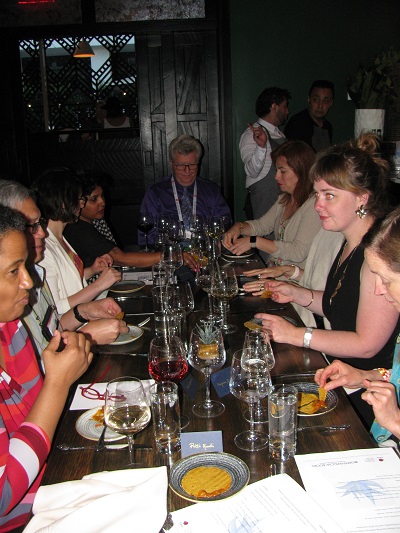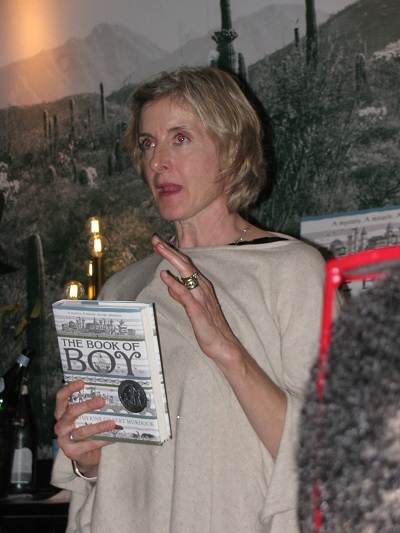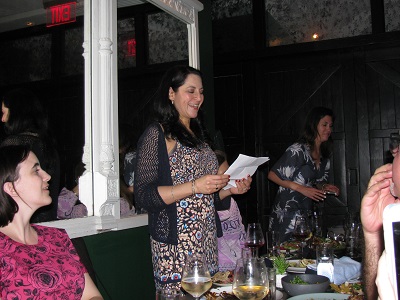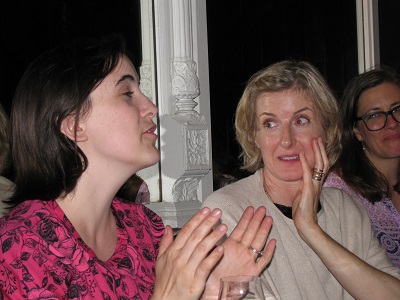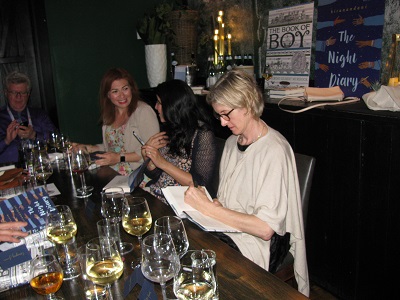Review of When Aidan Became a Brother, by Kyle Lukoff, illustrated by Kaylani Juanita
by Kyle Lukoff
illustrated by Kaylani Juanita
Lee & Low Books, 2019. 32 pages.
Starred Review
Review written July 2, 2019, from a library book
I’ve read several picture books that explain children being transgender, but I like this one the best. Maybe it helps that the focus is not completely on the child Aidan’s transition, but more on Aidan’s new baby sibling.
Still, I love the way Aidan’s story is introduced. I’m going to quote the text of the first several pages, because I think it’s explained so perfectly. It’s even better with the accompanying pictures:
When Aidan was born, everyone thought he was a girl. His parents gave him a pretty name. His room looked like a girl’s room. And he wore clothes that other girls liked wearing.
But as Aidan got bigger, he hated the sound of his name. He felt like his room belonged to someone else. And he always ripped or stained his clothes accidentally-on-purpose.
Everyone thought he was just a different kind of girl.
Some girls had rooms full of science experiments and bug collections.
Lots of girls didn’t wear dresses.
But Aidan didn’t feel like any kind of girl. He was really another kind of boy.
It was hard to tell his parents what he knew about himself, but it was harder not to.
It took everyone some time to adjust, and they learned a lot from other families with transgender kids like him.Aidan explored different ways of being a boy. He tried out lots of names until one stuck. They changed his bedroom into a place where he belonged. He also took much better care of his new clothes.
All this is only the introduction – but I thought it was wonderfully done.
The main part of the book is about Aidan’s family expecting a new baby, so Aidan’s going to be a big brother. He does all sorts of things to prepare for being a big brother (but decides he can wait on learning to change diapers).
Aidan worries, though, when everyone asks his mother about whether the baby will be a boy or a girl. What if they get it wrong, like people had with him? He doesn’t want the baby to feel bad about that. They choose a gender-neutral name and paint the baby’s room with a sky and clouds. When Aidan’s mother is asked if the baby is a boy or a girl, she answers, “It’s a baby!”
Now, I’m not so sure I agree with the idea of giving a baby a gender neutral name – after all, most babies really do turn out to be the gender you think they are at birth.
However, since the story is told from Aidan’s perspective, it would make sense that his loving parents would be sensitive to his concerns. They are being good parents to Aidan when they acknowledge that babies aren’t always the gender you think they are at first.
They do remind Aidan that even though they made mistakes with him, they were able to make them right.
Maybe everything wouldn’t be perfect for this baby. Maybe he would have to fix mistakes he didn’t even know he was making. And maybe that was okay.
Aidan knew how to love someone, and that was the most important part of being a brother.
We never are told what gender Aidan’s new sibling appears to be. But we do know the baby is deeply loved and that Aidan will be a great big brother.
This story is beautifully told and a wonderful way of explaining gender to children. I also enjoyed the Author’s Note at the back, where he explains that his experience was similar to Aidan’s, though not exactly the same. I especially like this paragraph:
You might also feel like Aidan in other ways. He knows what it’s like to not quite belong, and you might feel that way sometimes too. People don’t always see Aidan how he wants to be seen, and you might know what that feels like. Maybe you worry about making mistakes. Aidan is a transgender kid, but he’s also just a kid. Like you.
kylelukoff.com
kaylanijuanita.com
leeandlow.com
Find this review on Sonderbooks at: www.sonderbooks.com/Picture_Books/when_aidan_became_a_brother.html
Disclosure: I am an Amazon Affiliate, and will earn a small percentage if you order a book on Amazon after clicking through from my site.
Source: This review is based on a library book from Fairfax County Public Library.
Disclaimer: I am a professional librarian, but I maintain my website and blogs on my own time. The views expressed are solely my own, and in no way represent the official views of my employer or of any committee or group of which I am part.
What did you think of this book?
